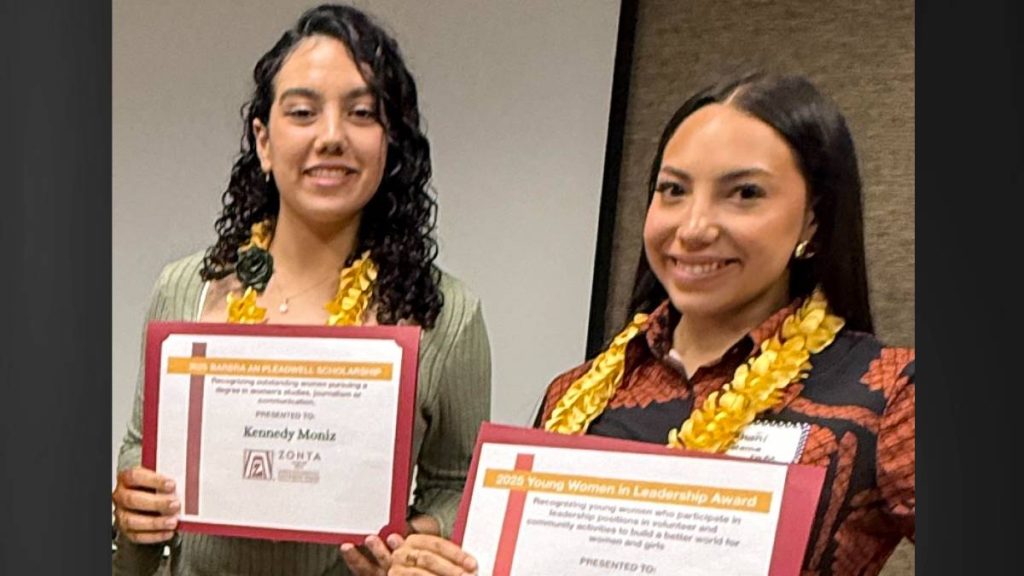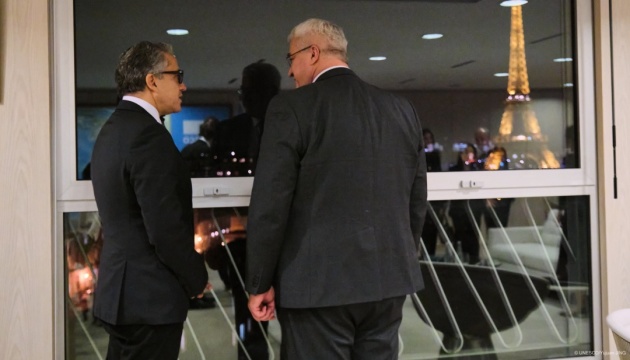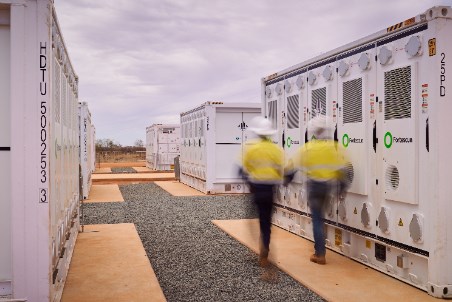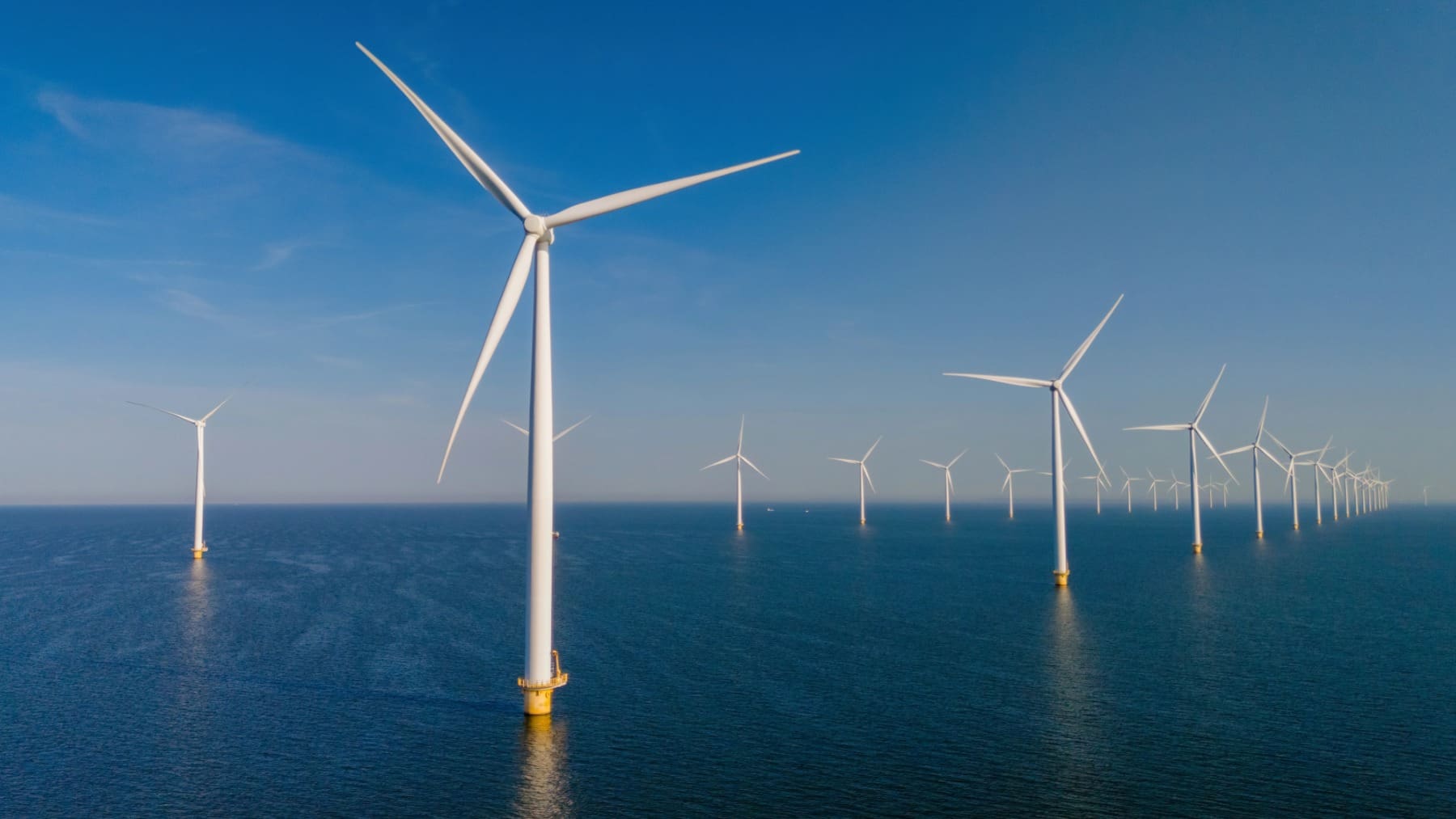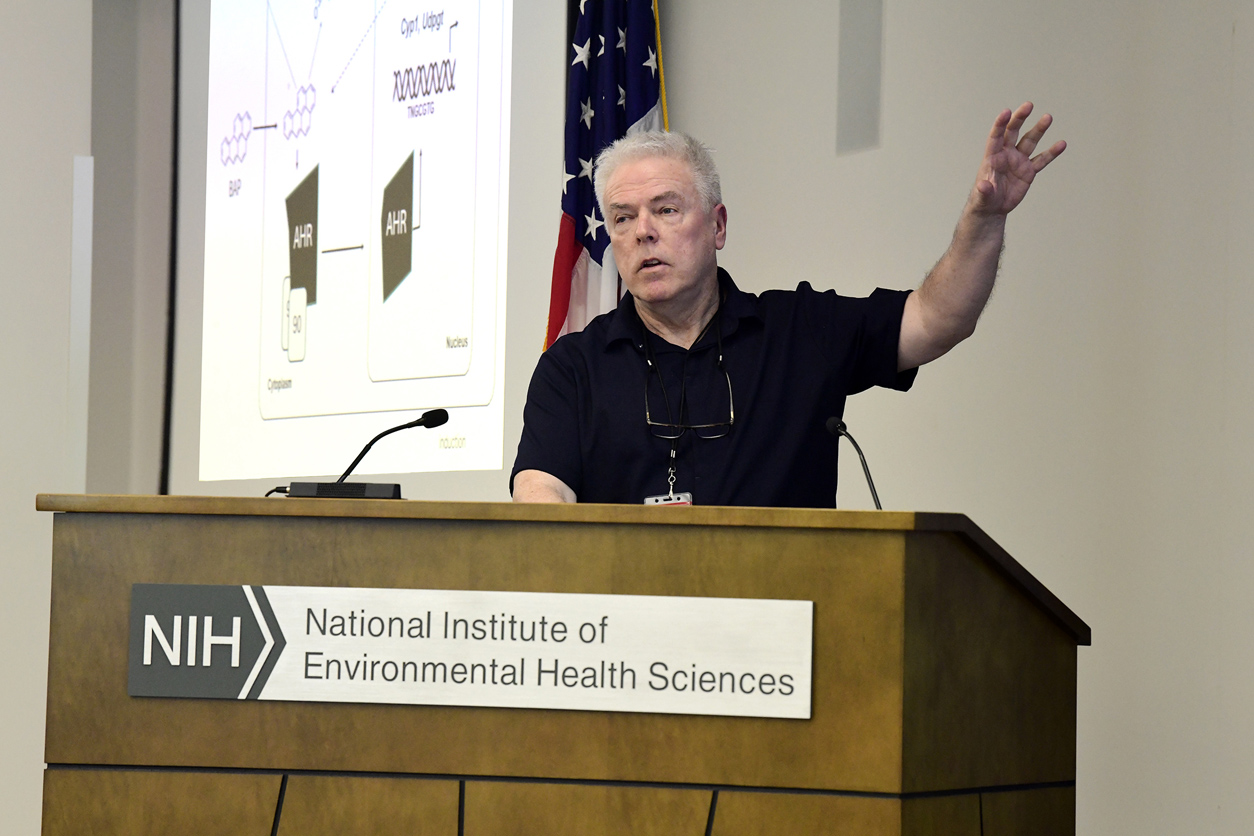Empowering nonprofits: Indianapolis launches new energy efficiency program – WRTV

Report on the “Thriving Nonprofits” Initiative and its Alignment with Sustainable Development Goals
Program Overview and Strategic Objectives
A new initiative, “Thriving Nonprofits,” has been launched in Marion County, Indianapolis, to enhance the operational sustainability of local nonprofit organizations. This program, a strategic partnership between IFF and the Indianapolis Office of Sustainability, is funded by the McKinney Family Foundation. Its primary objective is to reduce the energy burden on nonprofits, thereby enabling them to allocate more financial resources toward their core missions. This directly supports several United Nations Sustainable Development Goals (SDGs) by fostering economic and environmental resilience within the community’s social sector.
Alignment with Sustainable Development Goals (SDGs)
The “Thriving Nonprofits” program is a model for local implementation of the SDGs, with significant contributions to the following goals:
- SDG 7 (Affordable and Clean Energy): The program’s core function is to conduct energy assessments and provide funding for efficiency upgrades. This promotes the adoption of modern, clean, and energy-efficient technologies in community infrastructure.
- SDG 11 (Sustainable Cities and Communities): By improving the energy efficiency of buildings that house essential community services, the initiative contributes to creating more sustainable and resilient urban infrastructure in Indianapolis.
- SDG 13 (Climate Action): Reducing energy consumption directly lowers the carbon footprint of participating nonprofits, representing a tangible local action to combat climate change and its impacts.
- SDG 17 (Partnerships for the Goals): The program exemplifies a multi-stakeholder partnership, uniting a municipal office, a community development financial institution (IFF), and a philanthropic foundation to achieve common sustainability objectives.
Implementation and Methodology
In its inaugural year, the program selected ten nonprofits from a pool of 44 applicants. The implementation follows a structured, multi-step process designed to maximize impact and advance sustainability targets.
- Selection: A competitive application process identifies nonprofits for participation.
- Energy Assessment: IFF specialists conduct a comprehensive on-site energy audit, utilizing tools such as forward-facing infrared cameras to identify sources of energy loss, including inefficient appliances, lighting, insulation, and HVAC systems.
- Reporting and Recommendations: A detailed report is generated outlining specific, actionable recommendations for energy-saving upgrades.
- Grant Funding: Each selected nonprofit receives a grant of up to $10,000 to implement the recommended upgrades, ensuring that financial constraints do not impede progress toward achieving SDG 7.
This philanthropic funding model distinguishes the Indianapolis program from similar, tax-funded initiatives in South Bend and Bloomington, showcasing a different pathway to achieving municipal sustainability goals through partnerships, as outlined in SDG 17.
Case Study: Second Helpings
Second Helpings, an organization focused on food rescue, hunger relief, and culinary job training, was selected for the inaugural cohort. Its mission directly addresses SDG 2 (Zero Hunger) and SDG 12 (Responsible Consumption and Production). In the previous year, the organization rescued 4.3 million pounds of food, preventing it from entering landfills.
The energy assessment at Second Helpings identified significant energy consumption from large-scale refrigeration and kitchen equipment. The findings will guide upgrades to create a more efficient facility. Linda Broadfoot, CEO of Second Helpings, noted that the financial savings realized from reduced energy bills will be reinvested into their mission, allowing them to “deliver even more meals to the community.” This demonstrates a direct link between achieving environmental sustainability (SDGs 7 and 13) and enhancing the capacity to meet social goals (SDG 2).
2025 Cohort and Future Outlook
The ten nonprofits selected to participate in the 2025 program represent a diverse range of community services. They are:
- Aspire Higher Foundation
- B-SIDE Creative Campus
- Coburn Place Safe Haven
- Community Action of Greater Indianapolis
- Community Alliance of Far Eastside
- Fairview Presbyterian Church
- HealthNet
- Mary Rigg Neighborhood Center Outreach
- Second Helpings
Program leaders are optimistic about continuing the initiative in 2026, with potential modifications based on the outcomes of this first cohort. The McKinney Family Foundation expressed a desire for additional foundations and individuals to join the effort, which would expand the program’s capacity and accelerate progress toward a more sustainable and equitable Indianapolis, further embodying the collaborative spirit of SDG 17.
1. Which SDGs are addressed or connected to the issues highlighted in the article?
SDG 7: Affordable and Clean Energy
- The article’s central theme is the “Thriving Nonprofits” program, which aims to help nonprofits “become more energy efficient.” The stated goal is to “reduce their overall energy bill” by providing funds for “energy efficient appliances and energy efficient technologies.” This directly aligns with promoting energy efficiency.
SDG 11: Sustainable Cities and Communities
- The program is a local initiative within Indianapolis, created through a partnership involving the “Indianapolis Office of Sustainability.” By helping community-based organizations (nonprofits) reduce their energy consumption and environmental footprint, the program contributes to making the city more sustainable.
SDG 12: Responsible Consumption and Production
- The article highlights the work of Second Helpings, a nonprofit that “rescued 4.3 million pounds of food that we kept from the landfill.” This is a direct example of reducing food waste, a key component of responsible consumption. The program’s broader goal of improving energy efficiency also promotes the responsible consumption of energy resources.
SDG 13: Climate Action
- Improving energy efficiency is a critical strategy for mitigating climate change. By reducing energy consumption, the participating nonprofits lower their carbon footprint. The article mentions the “obvious ecological benefits” and the focus on “environmental sustainability,” which are integral to climate action.
SDG 17: Partnerships for the Goals
- The program is explicitly described as “a partnership between the IFF and the Indianapolis Office of Sustainability,” with funding from the “McKinney Family Foundation.” This collaboration between a non-profit (IFF), a public entity (Office of Sustainability), and a philanthropic foundation exemplifies the multi-stakeholder partnerships required to achieve the SDGs.
2. What specific targets under those SDGs can be identified based on the article’s content?
Target 7.3: Double the global rate of improvement in energy efficiency.
- The program’s entire purpose is to improve energy efficiency. By providing energy assessments and grants for upgrades, it directly works to increase the rate of energy efficiency improvements for the participating organizations, contributing to this target at a local level.
Target 11.6: Reduce the adverse per capita environmental impact of cities.
- The program helps reduce the “energy burden” of organizations within Indianapolis, thereby lowering the city’s overall environmental impact. Furthermore, the work of Second Helpings in diverting food from landfills directly addresses the “waste management” aspect of this target.
Target 12.3: Halve per capita global food waste at the retail and consumer levels.
- The article provides a specific example of Second Helpings, a nonprofit whose mission includes “food rescue” and “hunger relief.” Their achievement of rescuing “4.3 million pounds of food that we kept from the landfill” is a direct contribution to reducing food waste.
Target 17.17: Encourage and promote effective public, public-private and civil society partnerships.
- The “Thriving Nonprofits” program is a model of this target. It is a public-private-civil society partnership involving the Indianapolis Office of Sustainability (public), the IFF (civil society/nonprofit), and the McKinney Family Foundation (private philanthropy) working together for a common sustainability goal.
3. Are there any indicators mentioned or implied in the article that can be used to measure progress towards the identified targets?
Reduction in energy bills/consumption
- The primary goal of the program is to “reduce their overall energy bill” and “save on energy bills.” The energy assessments are designed to identify areas for improvement, and the subsequent upgrades are intended to lower energy use. The change in utility bills for the nonprofits would be a direct indicator of progress toward Target 7.3.
Amount of food waste reduced
- The article provides a clear, quantitative indicator for Target 12.3 by stating that Second Helpings “rescued 4.3 million pounds of food that we kept from the landfill” in the previous year. This is a direct measurement of food waste reduction.
Financial investment in energy efficiency
- The program provides a “grant for up to $10,000 each” to ten nonprofits. This financial commitment of up to $100,000 in the inaugural year is an indicator of the resources being mobilized to achieve energy efficiency goals.
Number of participating organizations
- The article states that “ten nonprofits were selected to participate” in the program’s first year. This number serves as an indicator of the program’s reach and the scale of the partnership’s impact on the community.
4. Create a table with three columns titled ‘SDGs, Targets and Indicators” to present the findings from analyzing the article.
| SDGs | Targets | Indicators |
|---|---|---|
| SDG 7: Affordable and Clean Energy | 7.3: Double the global rate of improvement in energy efficiency. |
|
| SDG 11: Sustainable Cities and Communities | 11.6: Reduce the adverse per capita environmental impact of cities. |
|
| SDG 12: Responsible Consumption and Production | 12.3: Halve per capita global food waste at the retail and consumer levels. |
|
| SDG 17: Partnerships for the Goals | 17.17: Encourage and promote effective public, public-private and civil society partnerships. |
|
Source: wrtv.com

What is Your Reaction?
 Like
0
Like
0
 Dislike
0
Dislike
0
 Love
0
Love
0
 Funny
0
Funny
0
 Angry
0
Angry
0
 Sad
0
Sad
0
 Wow
0
Wow
0


